
How to Store Pearl Jewellery and Keep It Shining
Knowing how to store pearl jewellery properly is key to keeping its luster for years to come. Store pearls in rigid, compartmented cases lined with inert, dye-fast silk or acid-free cotton. Keep pieces separated, strands flat, and clasps isolated to prevent abrasion. Maintain cool, stable conditions (45–55% RH), away from heat, sunlight, and chemicals. After each wear, wipe with a barely damp soft cloth, then air-dry fully before storing. Clean occasionally with pH-neutral soap and a distilled-water rinse. Inspect knots and drill holes; restring every 3–5 years. For timeless style and care inspiration, explore our Mini Pearl Necklace collection — each piece is designed to preserve the natural glow and elegance of pearls.
Understand What Makes Pearls Unique
Although they’re gemstones, pearls are organic composites: layers of aragonite platelets bound by conchiolin, with a thin, vulnerable nacre surface. You should treat them as biomineral archives, not inert stones.
Their pearl formation occurs in micro-stacked platelets that scatter light, producing a unique luster that’s easily dulled by abrasion, acids, and dehydration. Skin oils and cosmetics infiltrate the protein matrix, accelerating discoloration and embrittlement.
Identify each piece’s nacre thickness, surface integrity, and drill-hole condition. Note overtones, orient, and any prior polishing, since these factors influence stability.
Avoid extreme temperatures and rapid humidity shifts; nacre expands and contracts differently than its protein binder. Wipe with a barely damp, clean cloth after wear, then allow complete air-drying.
Keep pearls away from solvents, ultrasonic cleaners, and ammonia-based agents to preserve optical coherence.
Choose Storage Cases That Protect and Cushion
Because pearls bruise and dehydrate easily, select cases that immobilize and cushion each piece without trapping moisture. Choose rigid boxes with tight but not airtight closures, so you limit movement while allowing minimal air exchange.
Prioritize compartments that prevent strand abrasion and clasp impact. Use trays with individual wells to segregate pieces and maintain orientation. Verify that storage materials are inert and free of off-gassing agents that could dull nacre.
Fit each compartment with protective padding that distributes pressure evenly and resists compression set. Ascertain lids don’t press directly on beads; a slight clearance preserves surface integrity.
Opt for modular cases you can label and stack, minimizing handling. For travel, employ structured, shock-resistant cases with internal dividers, so pearls remain stable during transit and storage.
Pick Safe Fabrics and Linings for Pearls
Textiles matter. Pearls are organic and porous, so you must select inert, nonabrasive fabrics that don’t leach dyes or trap grit. Favor smooth, long-staple fibers that wick minimal moisture and won’t scratch nacre.
Choose untreated, dye-fast silk pouches for individual strands or earrings; their fine weave cushions surfaces and minimizes micro-abrasion. Use unbleached, acid-free cotton wraps to separate items inside drawers or cases, preventing contact wear and tangling.
Avoid wool, synthetics with rough filaments, and any fabric with metallic threads, snaps, or zippers that can abrade or imprint.
Line compartments with acid-free, lint-free cotton or silk fabric, secured taut so pearls don’t rub on seams. Replace liners and pouches when they show linting, discoloration, or pilling. Label each pouch to reduce unnecessary handling.
Keep Pearls Away From Heat, Sunlight, and Chemicals
Even in normal rooms, heat, UV, and household chemicals accelerate nacre dehydration, yellowing, and micro-cracking, so control exposure rigorously.
Prioritize temperature control: store pearls in a stable, cool environment, away from radiators, vents, attics, and cars. Avoid direct light exposure; UV and high illumination degrade organic binders and dyes.
Keep pearls out of bathrooms and kitchens where aerosols, chlorine, bleach, ammonia, vinegar, hairspray, and perfume linger.
Handle cosmetics first, then put pearls on; remove them before cleaning. If contact occurs, wipe gently with a barely damp, soft cloth and allow to air-dry away from heat.
Use inert storage materials and closed cases to buffer fumes and dust. Rotate display time under low light, and log conditions to detect harmful trends early.
Store Strands Flat and Untangled
While strands look elegant draped, store them flat to protect the silk or nylon and prevent stress on drill holes. Lay necklaces in flat storage with each strand fully extended, unclasped, and aligned. This limits abrasion between pearls and keeps the thread from stretching.
Use a compartmentalized tray or a soft-lined case so each strand occupies its own lane, enabling reliable tangle prevention. Avoid hanging; gravity concentrates weight at the clasp and nearest pearls, weakening knots over time.
If you must co-store multiple strands, interleave inert, acid-free tissue between them to reduce friction and movement. Coil gently in broad loops only when a case is shorter than the strand, maintaining a relaxed curve.
Close clasps to the last pearl to prevent wandering threads, then secure the case to minimize shifting.
Build a Gentle Cleaning and Drying Routine
Because pearls are organic and porous, treat cleaning as preventive conservation, not cosmetic overhaul. After each wear, remove skin oils with a soft, lint‑free cloth.
Use gentle solutions only: a few drops of pH‑neutral soap in lukewarm water. Lightly dampen the cloth; never soak strands or immerse clasps. With minimal pressure, wipe each pearl in one direction, avoiding thread abrasion.
Select non‑abrasive cleaning tools: microfiber cloths, sable brushes for crevices around drill holes, and distilled water to prevent mineral deposits.
Rinse by wiping with a separate cloth barely moistened with distilled water. Pat dry immediately.
Air‑dry flat on a breathable surface for several hours, turning once to release trapped moisture. Confirm the silk is fully dry before storing.
Document dates to schedule periodic restringing.
Separate Pearls From Harder Gems and Metals
Once pearls are fully dry, control abrasion by storing them away from harder materials that can scratch nacre.
Keep strands and studs in dedicated, soft-lined compartments to prevent contact with diamonds, sapphires, and metal findings. Use individual pouches or wrap each piece in acid-free, lint-free cloth; avoid plastic bags that can trap moisture or off-gas.
For effective jewelry organization, label sections by material and finish to reduce handling and mix-ups. Place clasps and metal components so they don’t rest on pearls.
For travel, use a compartmentalized case with padded dividers to maintain pearl protection en route. Store bracelets and necklaces flat to minimize friction between pearls.
Inspect storage surfaces periodically for rough edges, debris, or residues that could abrade nacre.
Long-Term Care: Humidity, Restringing, and Checkups
Even in storage, pearls need controlled humidity, periodic restringing, and professional inspections to preserve nacre and thread integrity.
Maintain 45–55% relative humidity; extreme dryness dehydrates nacre, while excess moisture swells silk threads and fosters mildew. Use passive humidity control—silica gel with a humidity card—and replace or recharge desiccants on schedule. Avoid sealed plastic without monitoring.
Assess strand tension and knot condition every six months. If knots flatten or spacing loosens, restring promptly with silk, adding knots between pearls to limit abrasion and loss.
After three to five years, plan a preventive restring regardless of wear.
Schedule a regular inspection with a jeweller annually. Request ultrasonic cleaning avoidance, clasp and drill-hole review, and documentation of micro-abrasion, dehydration lines, and thread stretch for future comparison.
Frequently Asked Questions
Can I Wear Pearls While Swimming or Showering?
No, don’t wear pearls while swimming or showering. For swimming safety, chlorine and salt degrade nacre. Showering risks include soap film and heat stress. Rinse gently after accidental exposure, dry thoroughly, and store separately to preserve luster.
How Do Cosmetics and Perfume Timing Affect Pearl Wear?
Cosmetics and perfume timing directly impact pearl wear. Complete cosmetic application first, let products set 20–30 minutes, then don pearls. Prioritize perfume duration: apply fragrance to skin, not pearls. After wear, wipe gently; store separately in breathable, non-abrasive materials.
Are Pearl-Safe Travel Tips Different for Flights Versus Road Trips?
Yes. For flights, use hard travel storage, seal pearls separately, and declare items at airport security; pressure and handling vary. For road trips, cushion in soft pouches, avoid heat, and prevent jostling with layered, non-abrasive compartments.
What Insurance Coverage Is Recommended for Valuable Pearl Pieces?
You should secure scheduled personal property coverage. Obtain a current pearl appraisal, then compare insurance policies for agreed value, mysterious disappearance, worldwide transit, and no-depreciation clauses. Keep documentation, photos, and appraisal updates biennially to preserve accurate, insurable valuation continuity.
How Can I Verify if My Pearls Are Real or Imitation?
Verify authenticity with pearl testing: rub gently for a gritty feel, inspect drill holes and luster, weigh for heft, and use magnification. Suspect fake pearls? Seek X-ray or gemological reports for archival certainty and preservation documentation.
Conclusion
You’ve got everything you need to preserve your pearls’ luster. Store them in cushioned, fabric-lined cases, away from heat, sunlight, and chemicals. Keep strands flat and untangled, separated from harder gems and metals. Clean gently with a soft, damp cloth and let them dry fully. Maintain moderate humidity, schedule periodic restringing, and inspect clasps and threads. With consistent, careful storage and maintenance, your pearls will retain their nacre, shine, and structure for decades of elegant wear.







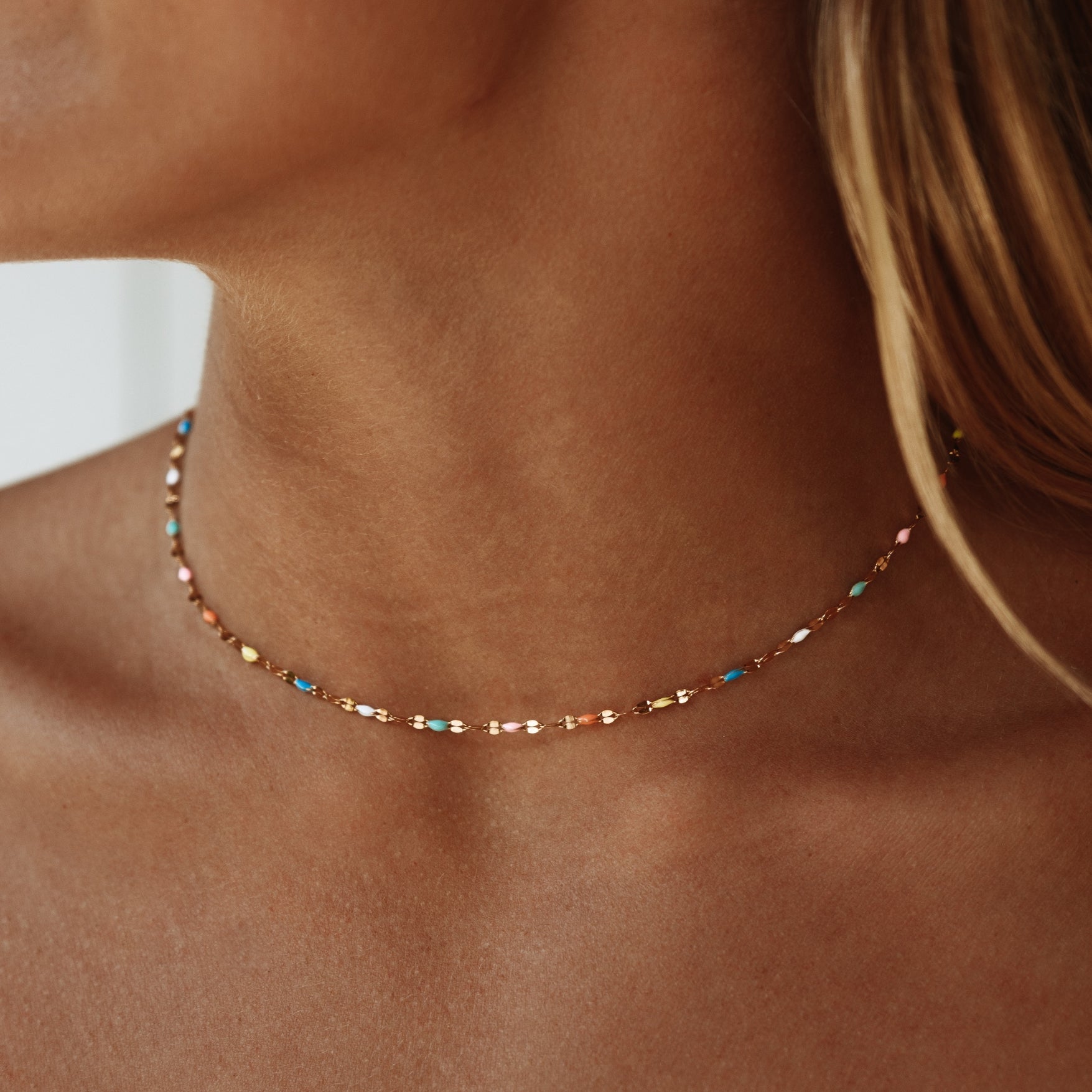
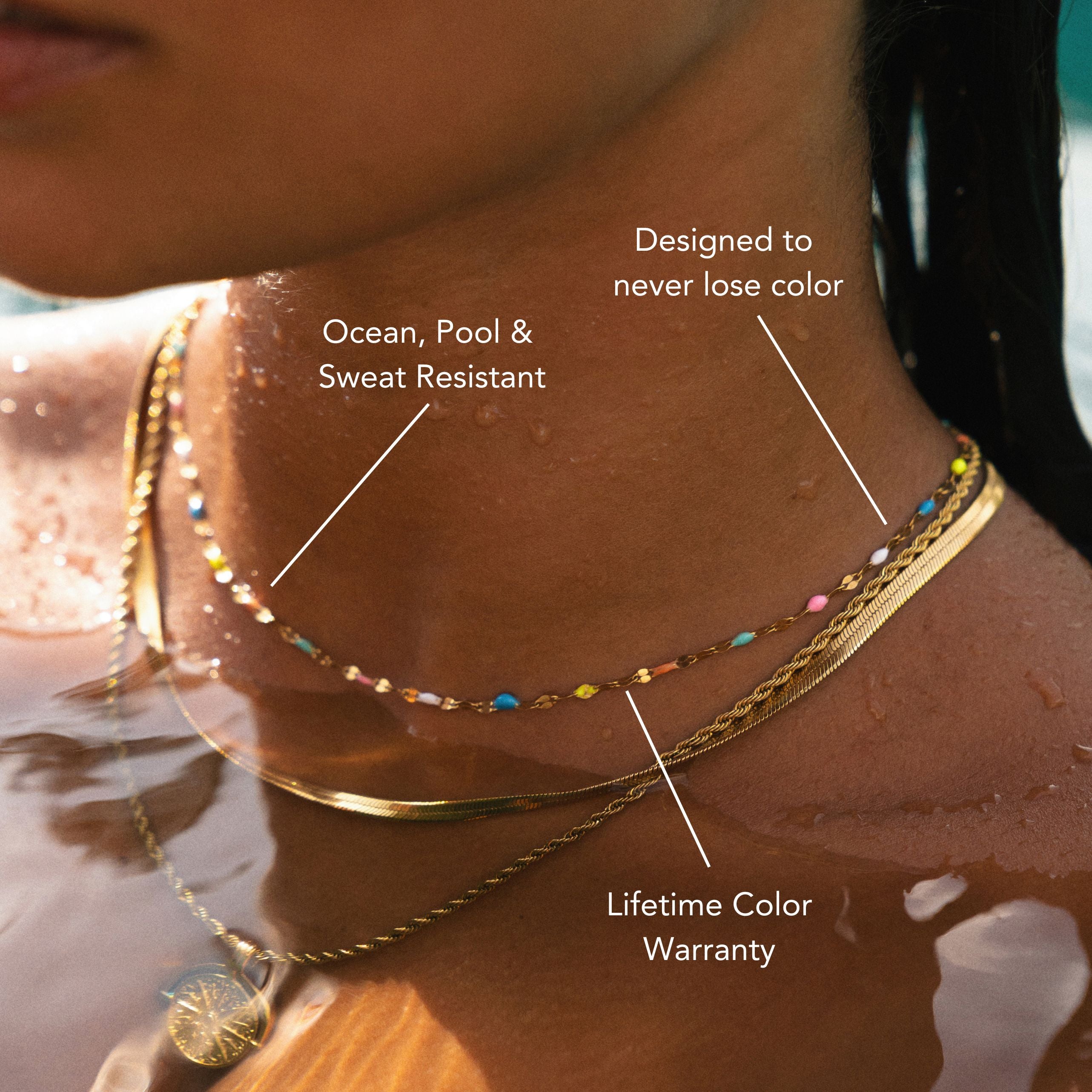
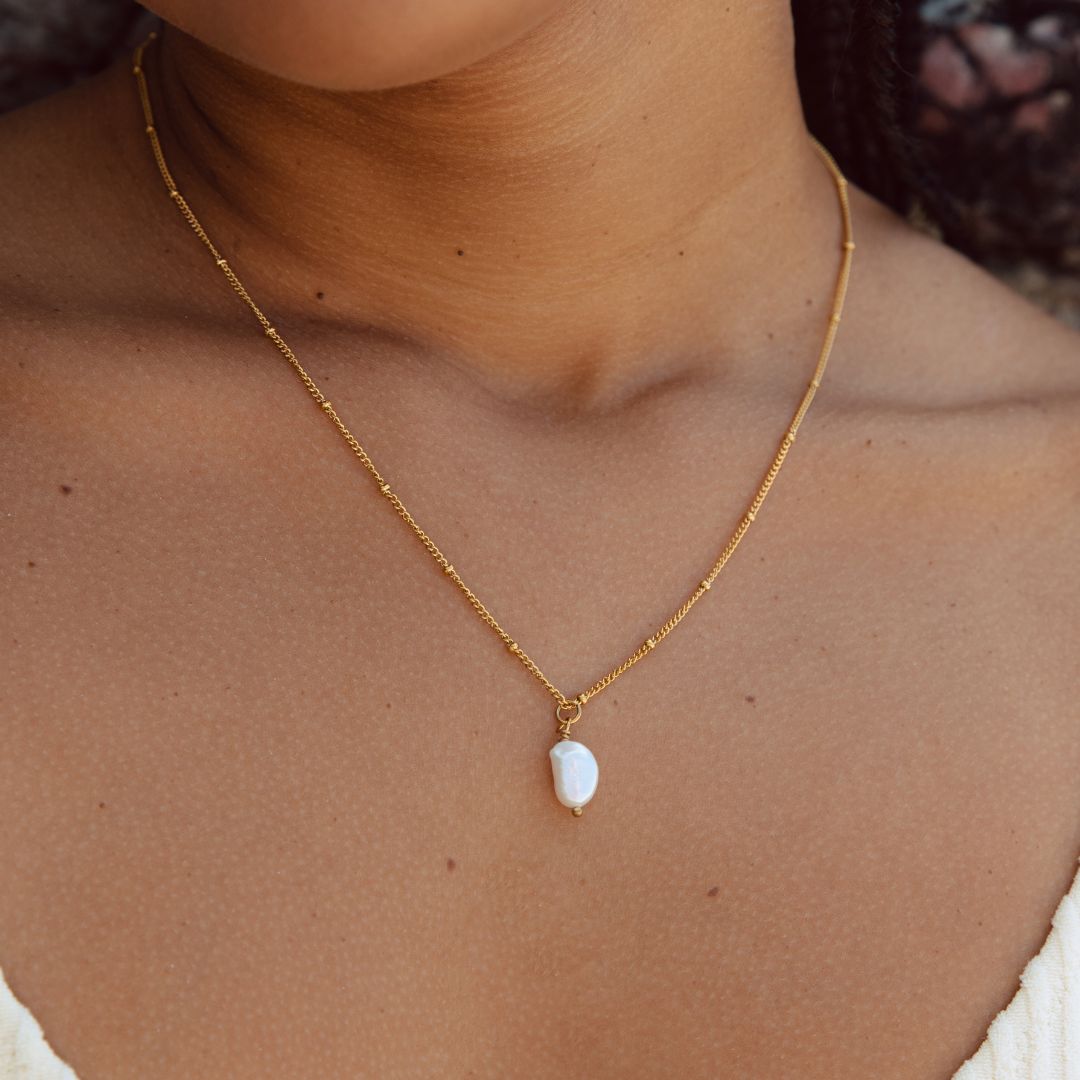

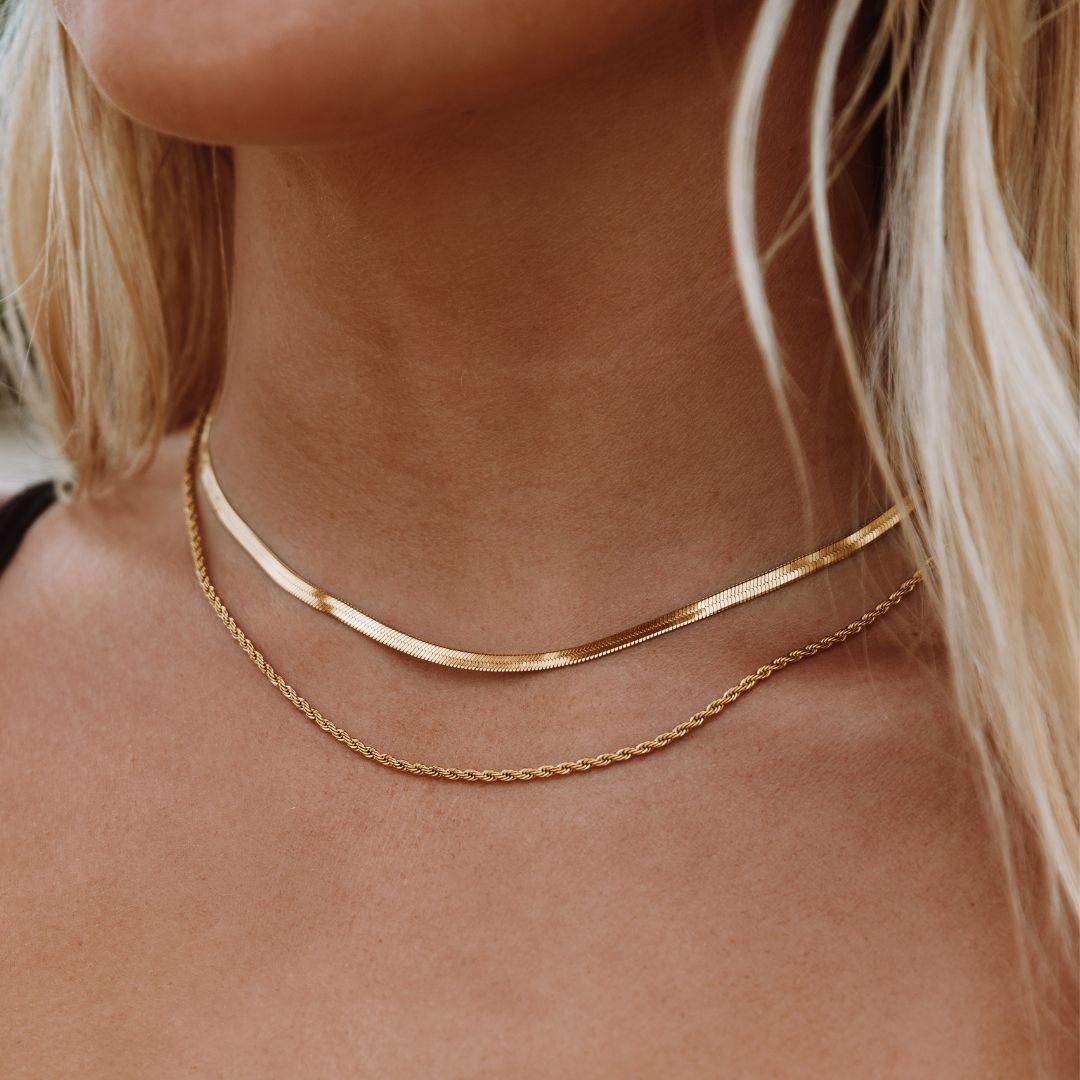
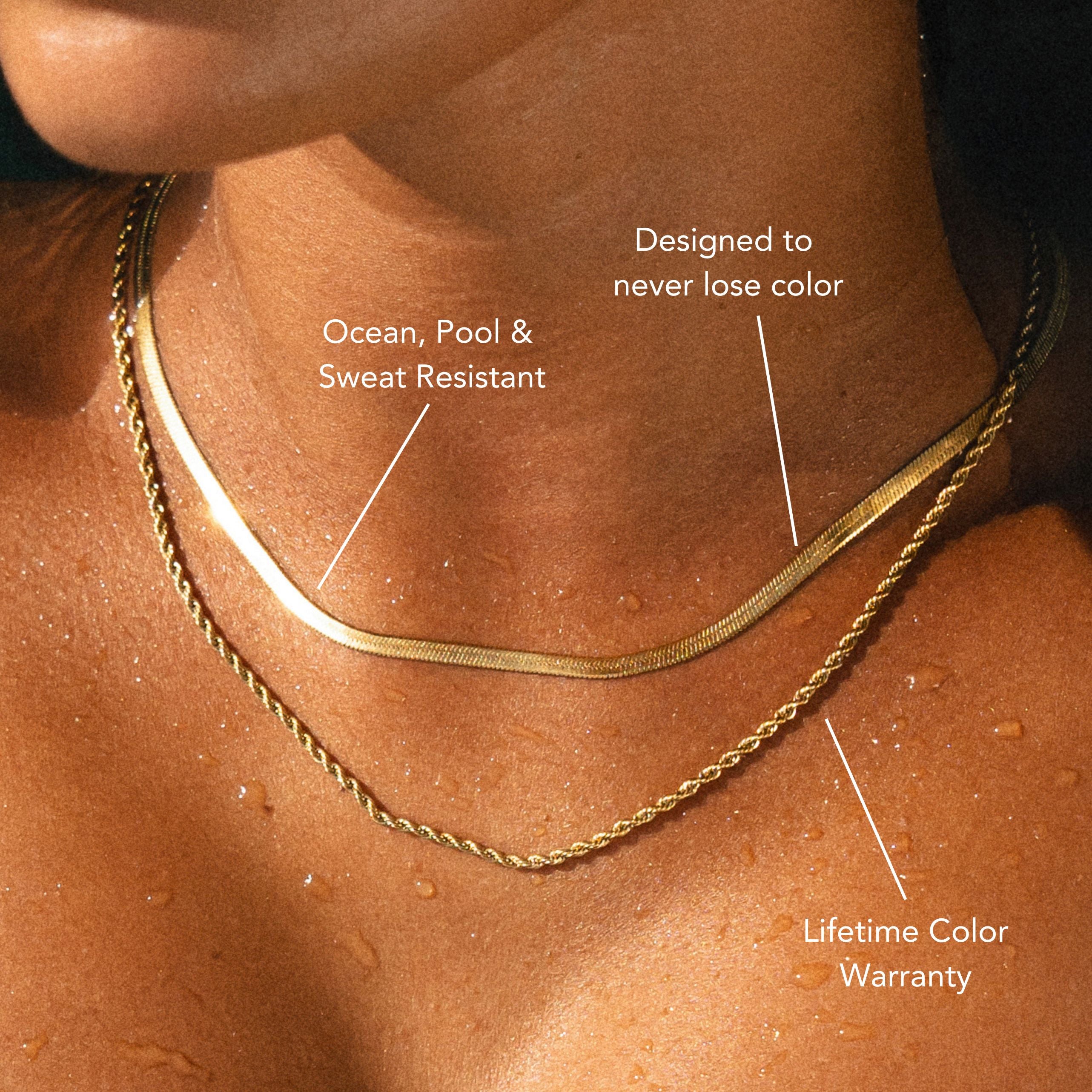

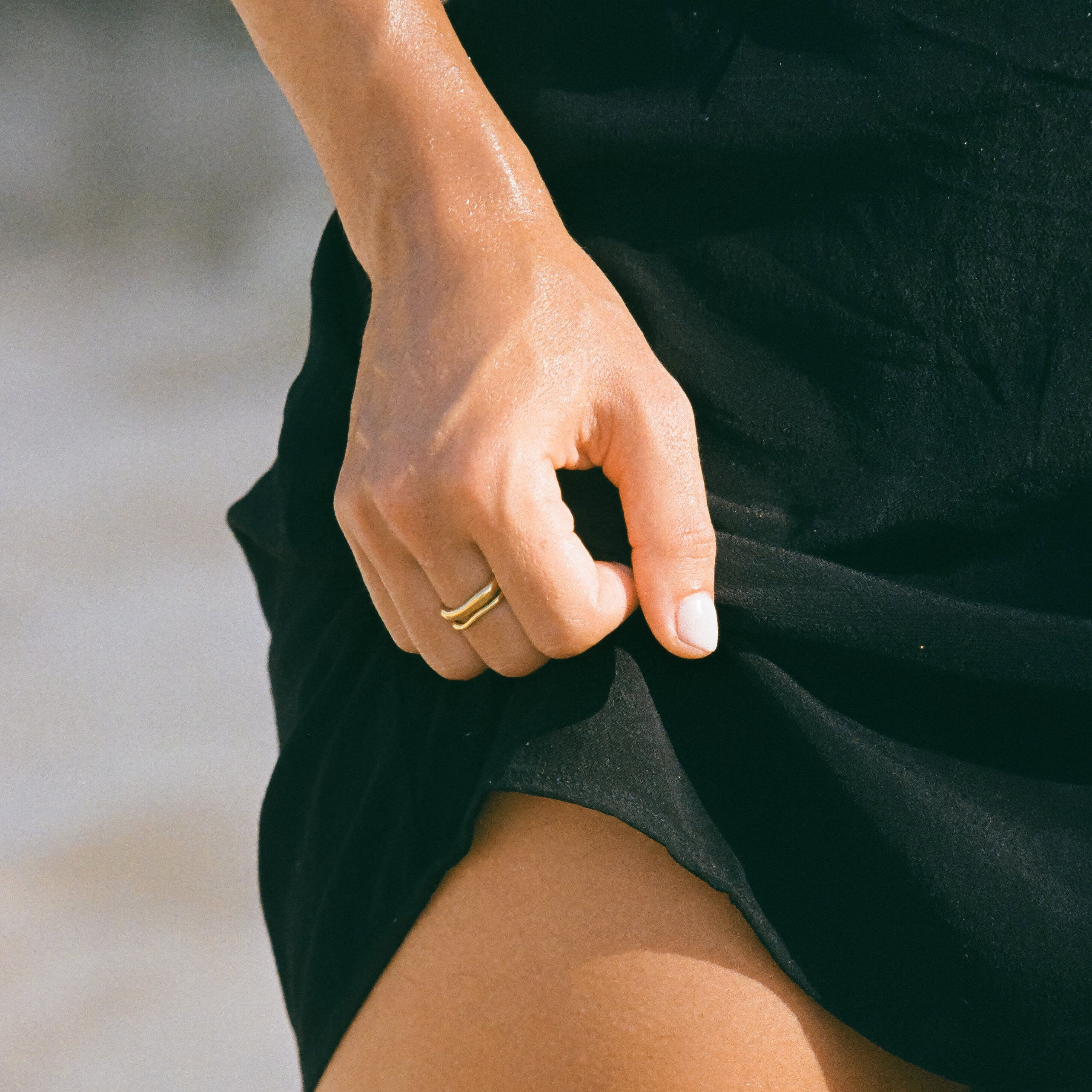



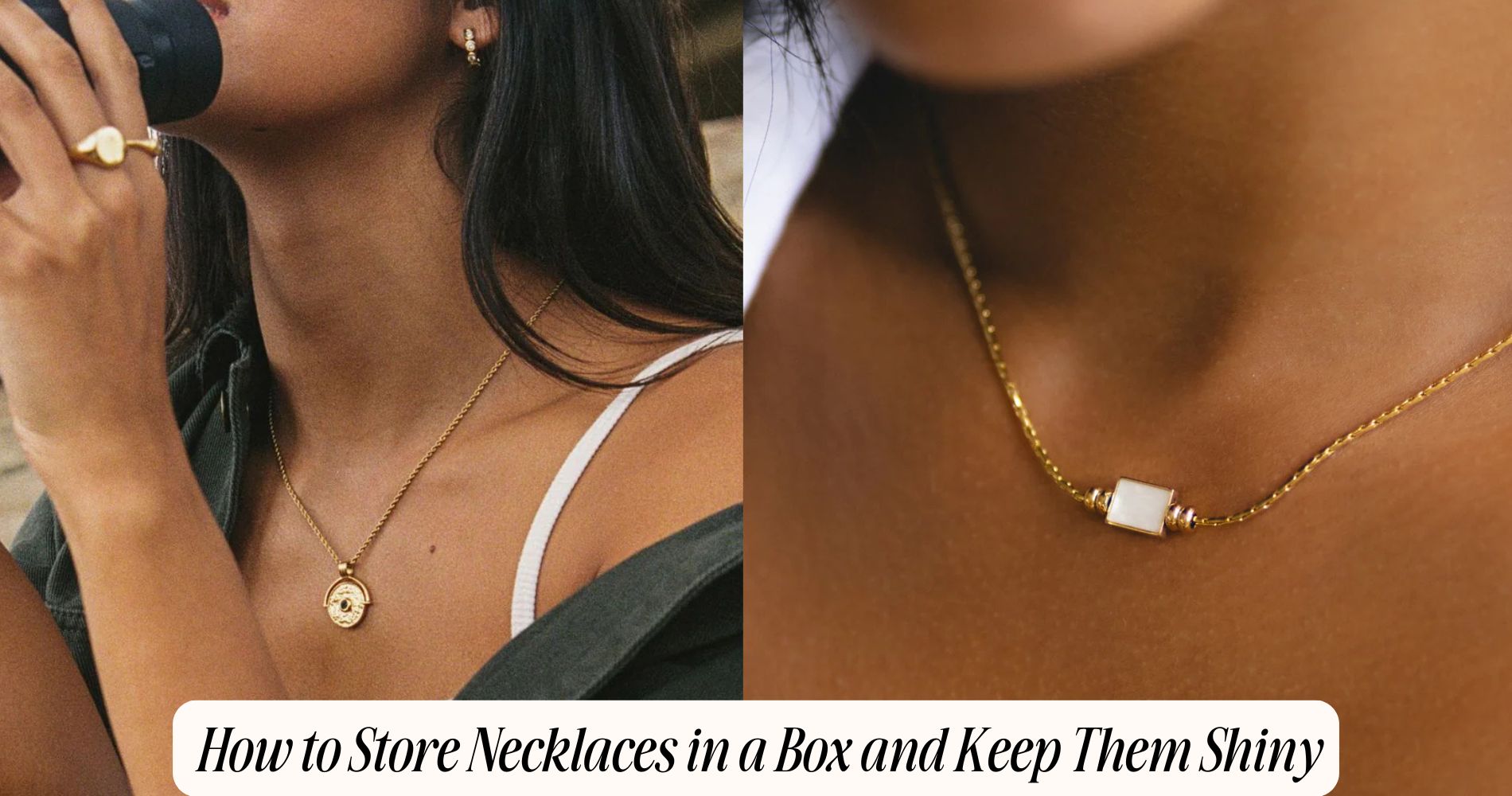




Leave a comment
This site is protected by hCaptcha and the hCaptcha Privacy Policy and Terms of Service apply.